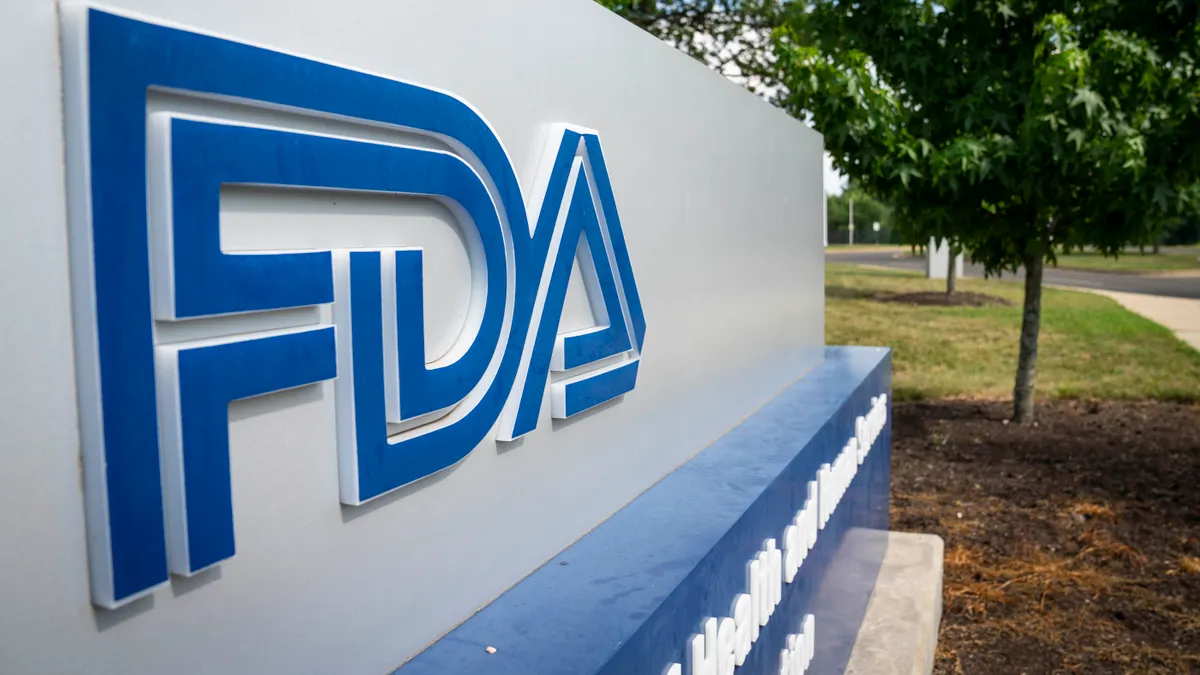The Food and Drug Administration passed new food recordkeeping rules on Nov. 15, impacting the degree to which some food manufacturers must trace their products or food ingredients.
The rule, which is in accordance with the Food Safety Modernization Act (FSMA), outlines new recordkeeping requirement for foods on the agency’s Food Traceability List. Rule 204 of the act modernizes traceability practices for high-risk foods and ensure recordkeeping requirements that will allow for faster tracking to protect public health.
The agency’s Food Traceability List, which lies at the heart of the new rule, includes foods that have historically led to outbreaks or been threats to public health, including leafy greens, shell eggs, tomatoes, crustaceans and ready-to-eat deli salads.
Companies that manufacture, process, pack or hold foods on the list have until Jan. 20, 2026 to comply with the regulation.
The new tracing requirements are meant to better help the agency trace food borne illness outbreaks, by better identifying those who have received food products.
FSMA 204 will help industry workers and regulators if and when there is an outbreak, to figure out where affected commodities went and help businesses quickly get those items off the marketplace, said Travis Waller, director of regulatory services for the Utah Department of Agriculture and Food.
“We’ve had a lot of problems with leafy greens, especially in the past four to five years,” Waller said. “They’ve done a good job tracing [outbreaks] back to the region, but I still think there’s an opportunity to improve on finding out what the source was.”
For businesses who deal with foods on the FDA’s traceability list, or whose goods include foods on the list, FSMA 204 issues several central imperatives: Companies must capture metrics that track specific events in an items end-to-end journey, beginning with initial harvesting and packing, through to shipping, receiving, and when the item is “transformed” into a food product.
“We’ve had a lot of problems with leafy greens, especially in the past four to five years. They’ve done a good job tracing [outbreaks] back to the region, but I still think there’s an opportunity to improve on finding out what the source was.”

Travis Waller
Director of Regulatory Services, Utah Department of Agriculture and Food
FSMA 204 requires businesses to keep original paper or electronic records. Companies must also provide the FDA with traceability records within 24 hours of an agency request.
The stipulations are a significant change from the traceability requirement outlined in the Bioterrorism Act of 2002, which only required food businesses to be able to identify a food’s journey one step back and one step forward, and also provide records within 24 hours’ notice.
In addition to better tracing capabilities, the new rule is an attempt to avert the long delays that often hold up identification of food-borne illness outbreaks, according to food scientist and industry consultant Dr. Bryan Quoc Le.
“What usually happens is, people get sick, you have to culture whatever bug they got, do DNA testing on that bug, then swab all the suspected companies, and that process takes forever. And by the time you do the recall, people have already eaten the food,” Le said.
FSMA 204 will likely encourage better cooperation between food companies and the tech industry — which has long been kept out of the change-averse food industry, Dr. Le said. Software companies in particular could prove useful by designing programs that help firms implement better record-keeping
The three-year grace period is likely to come as a relief for businesses who may still use paper records and need time to adopt new recordkeeping infrastructure, or simply digitize their existing one, as the FDA encourages.
A company that is required to maintain shipping key data elements, for instance, must keep records of a traceability lot code for the food, its quantity and unit of measure, a product description and a location description, among several other data points.
“There are some sectors where this might be brand new to them,” Waller said. “Maybe they’re doing something now that’s adequate, but there might be another layer that might be a little burdensome.”
On the other hand, companies like indoor farming firm BrightFarm, founded after a wave of foodborne illnesses that swept headlines in the 2000s, might find that their production models are already in compliance with FSMA 204.
At BrightFarm, the company’s indoor greenhouses are located in the communities they serve, “avoiding trading, cross-supply, and co-packing that can result in challenges with traceability and record-keeping,” according to Vice President of Food Safety and Quality Simon Woods.
FSMA 204 is one of the most essential parts of the Food Safety Modernization Act, a sweeping reform law passed in 2011 to bolster the FDA’s enforcement abilities around food safety. The FDA’s Deputy Commissioner for Food Policy and Response Frank Yiannas called tech-enabled end-to-end traceability a “game changer” for food safety prevention.
He noted in his op-ed that the list is called a “foods traceability list” and not a “high-risk foods list,” adding that “any food can present a risk if the right food safety practices are not followed” — a hint that it will be a living list, to which more foods could regularly be added.


















